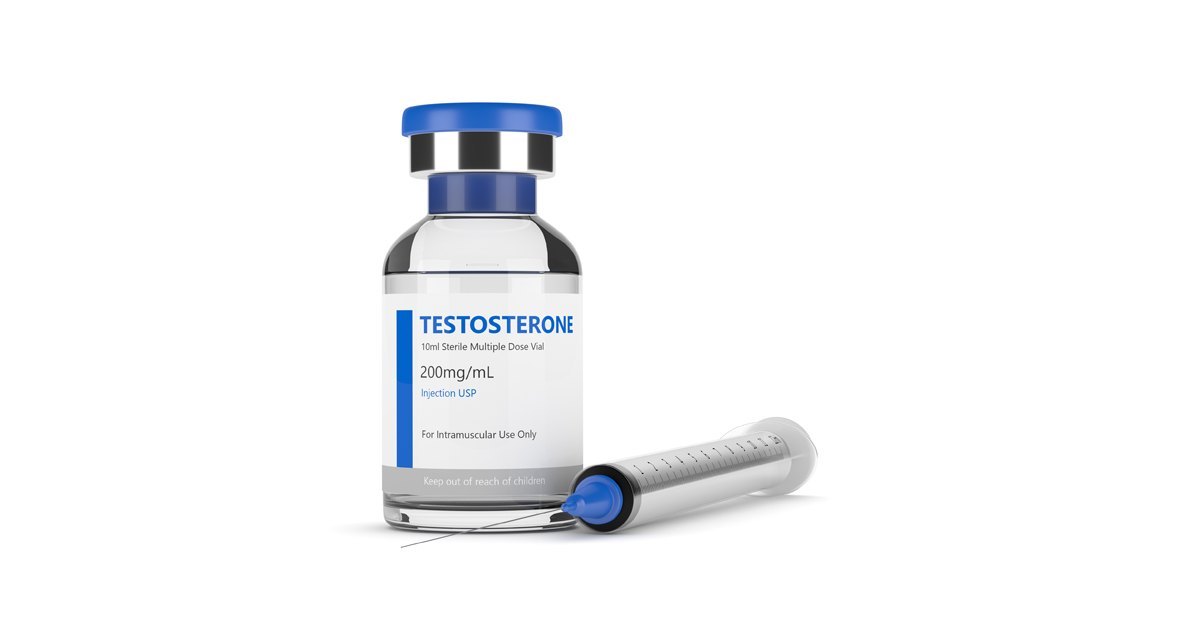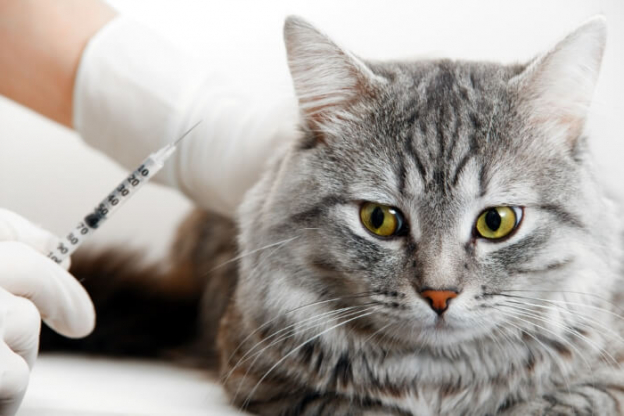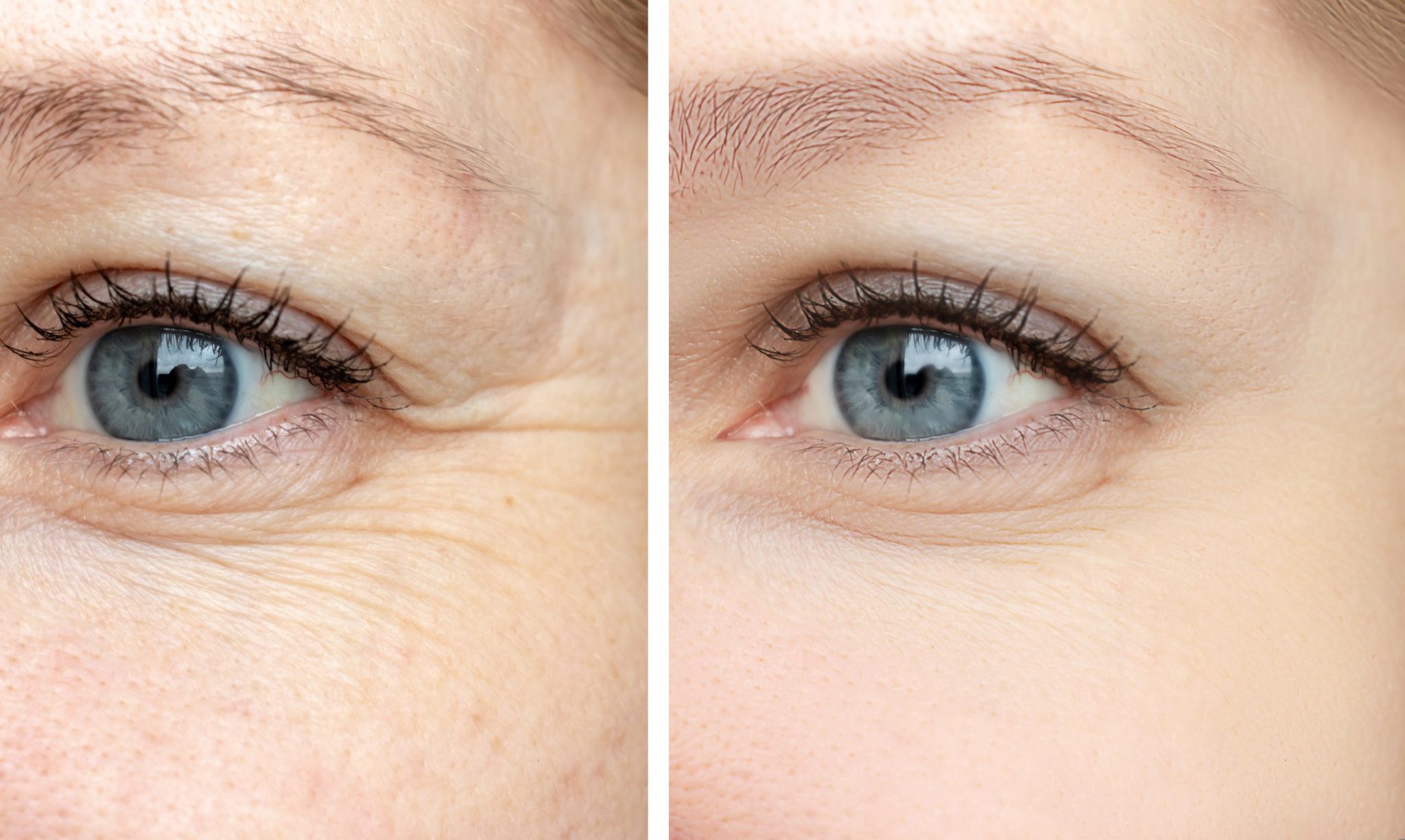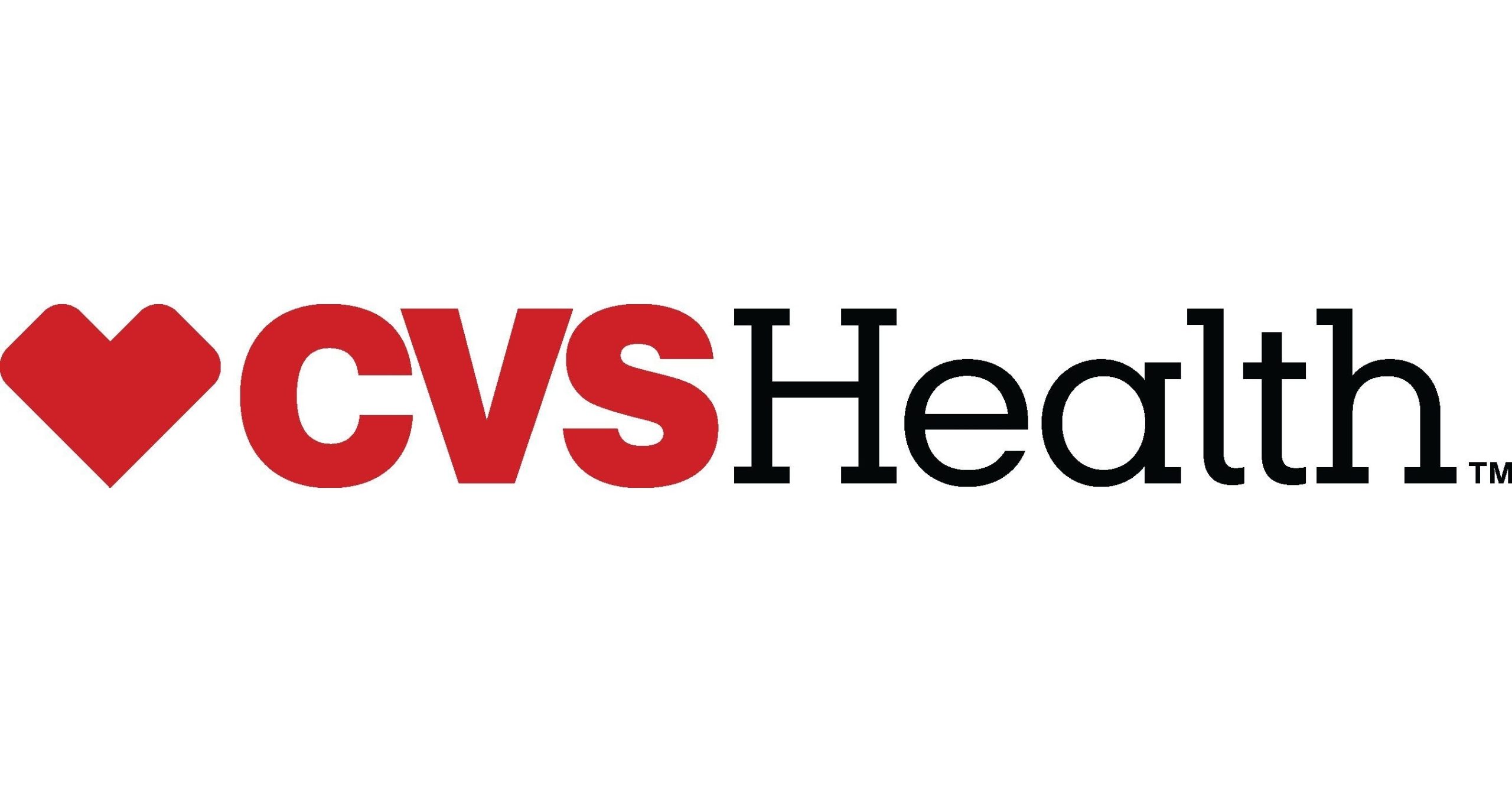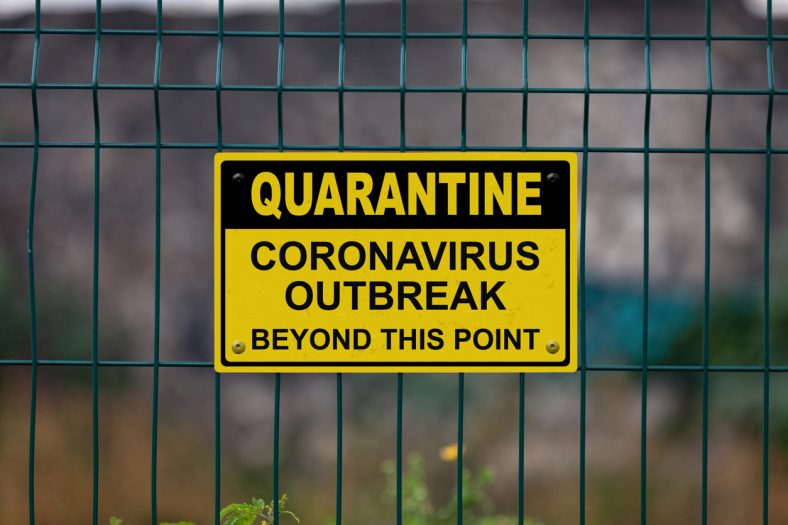Latest Updates on CDC Guidelines for Quarantine |CDC COVID-19 Guidelines|
CDC Guidelines for Quarantine – even though the Food and Drug Administration has given its nod to the latest updated COVID booster shots, it doesn’t mean that they are 100% capable of preventing the infection in the first place.
Despite all the updates for the COVID vaccine and its booster shots are still not 100% secure, and you can get infected even after getting yourself vaccinated with those. COVID protocol is the best way to prevent the infection of COVID-19, as per the Centers for Disease control and prevention.
CDC guidelines for quarantine are an integral part of COVID protocol. These guidelines can help you understand when you should be isolating yourself, going into quarantine, or using the COVID protocol.
You can get yourself vaccinated as much as you want, but the COVID protocol is the only thing that can help you prevent the virus in the first place. Let’s take a look at the latest CDC guidelines for quarantine divided into different conditions.
Table of Contents
Exposed to the Virus but had no Symptoms
If you have recently been exposed to COVID-19 but are not experiencing any symptoms, and your test results are also negative, you can follow the COVID protocol for five days.
There is no need for you to go into isolation unless you start developing any symptoms associated with the virus or your test results come positive.
COVID protocol is going to include the regular use of face masks, hand sanitization, social distancing, etc. You don’t have to isolate yourself or go into quarantine unless your healthcare experts have already suggested you do the same.
As you might already be aware, the COVID vaccine might not work all the time, but it is much more capable of preventing the virus as compared to other vaccines and their booster shots.
Tested Negative for the COVID Symptoms
If you have tested negative after your exposure to the virus but you have symptoms associated with COVID-19, you should be very careful despite your negative test results.
There can be two possibilities. First of all, you might be expecting symptoms associated with a cold or flu and misdiagnosing yourself with COVID-19.
Secondly, your test result might be wrong. Even RT PCR tests, which are known to be the most accurate COVID tests, can provide wrong results.
You can also follow the COVID protocol, including regular use of face masks, avoiding travel, social distancing, testing yourself at regular intervals, etc.
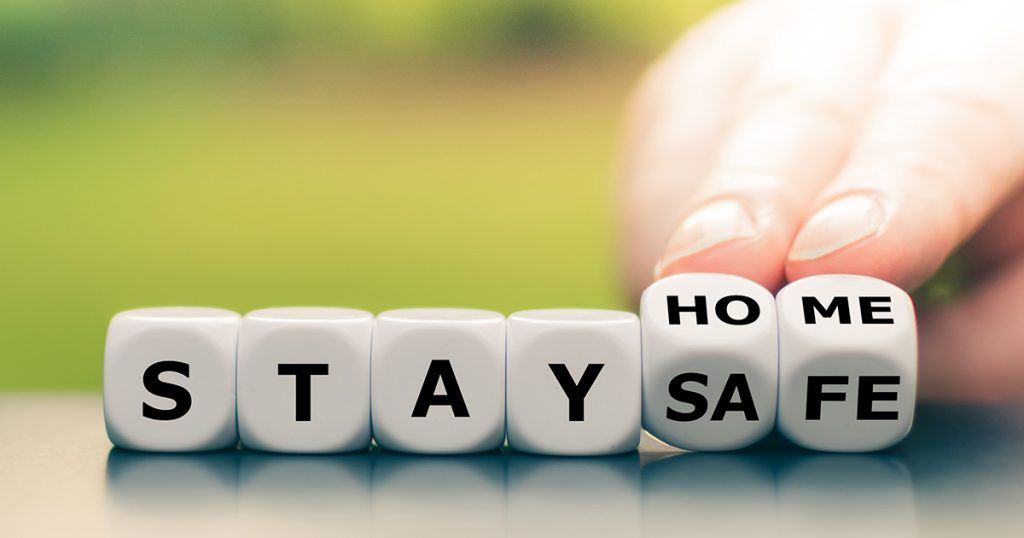
Tested positive for COVID-19
Regardless of your vaccination status, people who have tested positive for COVID-19 should isolate themselves as early as possible from others, as per the Centers for Disease control and prevention.
CDC guidelines for quarantine clearly mention that people should isolate themselves as early as possible to prevent the infection in people who are much more vulnerable to developing severe symptoms associated with COVID-19.
- You should wear a high-quality mask until the 10th day of your test results.
- Kindly do not go to places where you are not able to wear a mask.
- At the same time, you should also make sure that you are not traveling till the 10th day you receive your test results.
- Kindly stay home and separate from anyone in your family, including your wife or husband.
- Make sure you are using separate bathrooms, if possible.
- Kindly do not allow anyone to use your personal belongings, utensils, towels, cup, and other household items.
- Make sure you have good ventilation in your room. You should be breathing fresh air.
- Keep monitoring your symptoms associated with COVID-19 till you make your full recovery period. If you experience any emergency warning signs, you should call your healthcare provider immediately.
The Centers for Disease Control and prevention do not discriminate between people with their vaccination status. Everyone, regardless of their vaccination status, will have to isolate themselves as early as they receive their test results.
For more information on your symptoms, recovery, and treatment of the infection, you can call your healthcare provider. At the same time, you should make sure that your symptoms are getting better each day.
Kindly do not ignore any symptoms associated with COVID-19. If your symptoms are not getting better, or they are getting worse each day, then you should call your healthcare provider right away. COVID-19 is still causing more than 300 deaths in the United States each day, and it can be deadly for anyone.
Ending the Quarantine
Once you have isolated yourself, make sure you are spending at least five days in isolation despite your recovery. Many times asymptomatic people who do not develop any symptoms associated with COVID-19 and their isolation after one or two days.
You might not be developing any symptoms associated with COVID-19, but you can spread it to people who are much more vulnerable to developing severe symptoms. That is why healthcare experts suggest you stay in isolation.
- The Centers for Disease Control and Prevention suggest everyone end their isolation after five days if they are capable of living a fever free for 24 hours without using any fever-reducing medicine.
- At the same time, you should make sure that you are recovering from your symptoms each day.
Kindly do not end your isolation if you are not able to live fever free for 24 hours without using any fever medicine.
Apart from that, if your other symptoms, including cough, fatigue, headache, and digestive issues, are getting worse each day, then you should not end your isolation.
People who are experiencing shortness of breath, headache, digestive issues, and other symptoms associated with COVID-19 even after the fifth day will have to extend their isolation till the 10th day.
If you are experiencing severe symptoms associated with COVID-19 or you have been hospitalized due to a weakened immune system, then your healthcare expert will end your isolation after the 10th day.
At the same time, you should also make sure that you are testing yourself for COVID-19 after short intervals, even if you ended your isolation after the 5th day.
Miscellaneous
Before we completely wrap up this session, let’s take a look at the miscellaneous guidelines. Everyone should remember these points along with the above-given guidelines. The combination of these things will help you prevent infection and ensure the safety of your loved ones.
Regardless of when you end isolation, you should follow COVID protocol until the 11:30 day you receive your test results, as per the Centers for Disease control and prevention.
- First of all, you should make sure that you avoid being around people who are more likely to get very sick from COVID-19. These people are usually called the high-risk category.
- At the same time, you should remember that wearing a high-quality mask when you are in indoor places can help you prevent the spread of the virus.
- Apart from that, you should also make sure that you are not visiting any place where you are not able to wear a mask.
- If possible, you should also avoid traveling till the 11th day.
The Centers for Disease Control and prevention do not suggest anyone remove the mask until the 11th day they receive their test results or they start developing symptoms associated with COVID-19.
You might be feeling better after the 4th or 5th day of your infection, but you will be infectious till the 11th day. People who have ended their isolation and start developing symptoms associated with COVID-19 once again can start their isolation.
If you are one of those people, you should call your healthcare provider right away and ask for treatment. These types of people are much more vulnerable and infectious at the same time.
Antigen tests or rapid antigen tests can provide false positives and false negatives, so you should make sure that you are taking two tests at the same time to get accurate results.
Do CDC guidelines for quarantine say anything about the treatment of COVID-19?
The CDC guidelines for quarantine solely focus on isolation and quarantine. People who have tested positive for the virus are free to consult the treatment options with their healthcare provider anytime they want.





